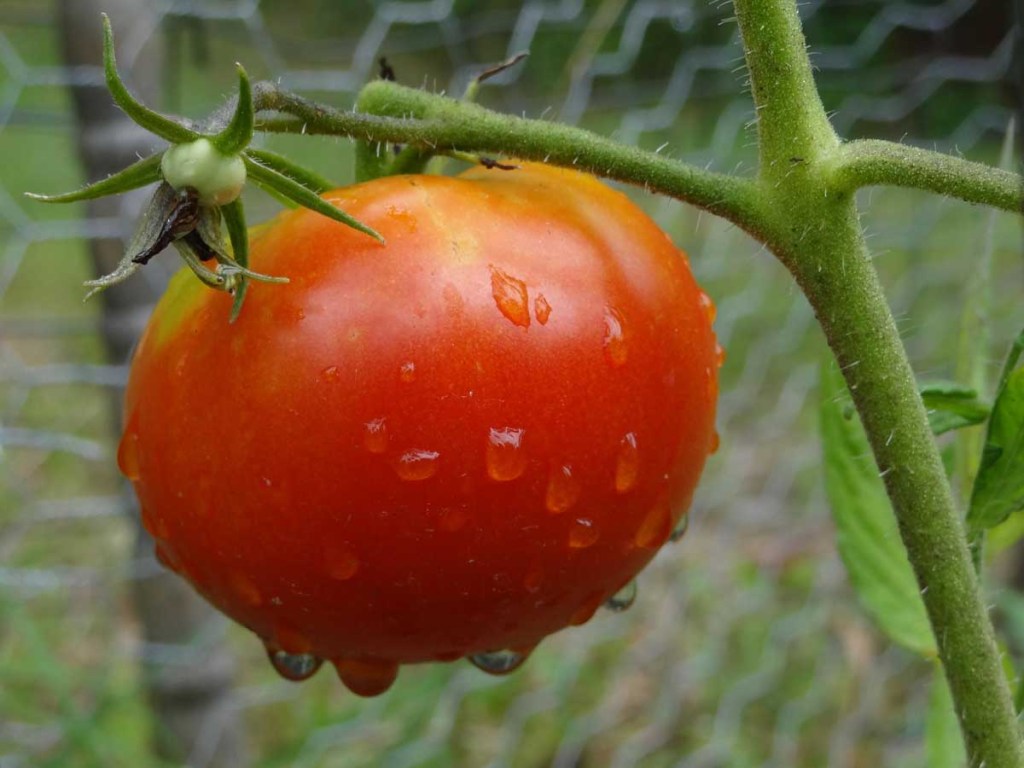Cool, wet Northern weather ideal for crop blight
Published 12:30 pm Monday, July 13, 2015

- Tomato
Anyone growing tomatoes or potatoes needs to be on the lookout for signs of late blight.
As of late last week, this devastating disease has been found on potatoes in western New York and western Vermont. This means we are basically surrounded by it and the cool, wet weather we’ve been having creates ideal conditions for this disease. Only tomatoes and potatoes are affected by this particular pathogen.
Trending
Anyone who had a garden in 2009 will remember the breathtaking speed that late blight spread across the state and beyond. This disease does not overwinter in New York state although it can survive on leftover, infested potato tubers. It moves up from the south each year on storm fronts or in infested seed potatoes. In 2009, it was spread on tomato transplants as well as the weather but that is not the case this year.
Late blight is devastating because it kills tomatoes and potatoes within days of infestation and also because it spreads so easily and quickly from garden to garden. Home gardeners with just a couple of tomatoes may be tempted to abandon infected plants, but these plants will serve as a breeding ground and continue to spread spores throughout the neighborhood. This ‘hop-scotch’ ability of this disease is what makes it such a public problem. It’s bad enough that a gardener should lose their crop, but even worse if they allow it to spread to other gardens. Once late blight is confirmed please bag up infested plants and take them to the landfill. Larger scale plantings can be burned or buried deeply away from the garden.
There is a lot of confusion about the various diseases tomatoes get, so I’ll review the common problems.
Every year, we see many cases of early blight and Septoria leaf spot. These are both troublesome and in a wet year like this can really flourish and weaken plants. Early blight causes large lesions up to 2 inches across with concentric rings and Septoria causes many small, distinct round spots.
The extended cold, wet, stormy weather we have had since mid-May has made growing conditions very challenging, especially for warm-loving plants like tomatoes. Many gardeners are reporting yellowed lower leaves, spindly growth and random spotting on the lower leaves. We hope those plants will grow out of it if warm, sunny weather arrives in time.
To recap, once late blight is confirmed on your tomatoes or potatoes, please bag them up and remove them. But don’t bag up your plants until you’re sure it’s late blight. You may have one of the common, less severe diseases which don’t have to be removed. If you suspect late blight, please bring a sample to our office for confirmation. The Cornell lab is tracking which genotypes of the disease are showing up in which parts of the country, so they want to see every sample. There is no cost to you.
Trending
Amy Ivy is a regional vegetable specialist with the Eastern NY Commercial Horticulture Program of Cornell Cooperative Extension. Home gardening questions are handled by each county’s Cornell Cooperative Extension office.





